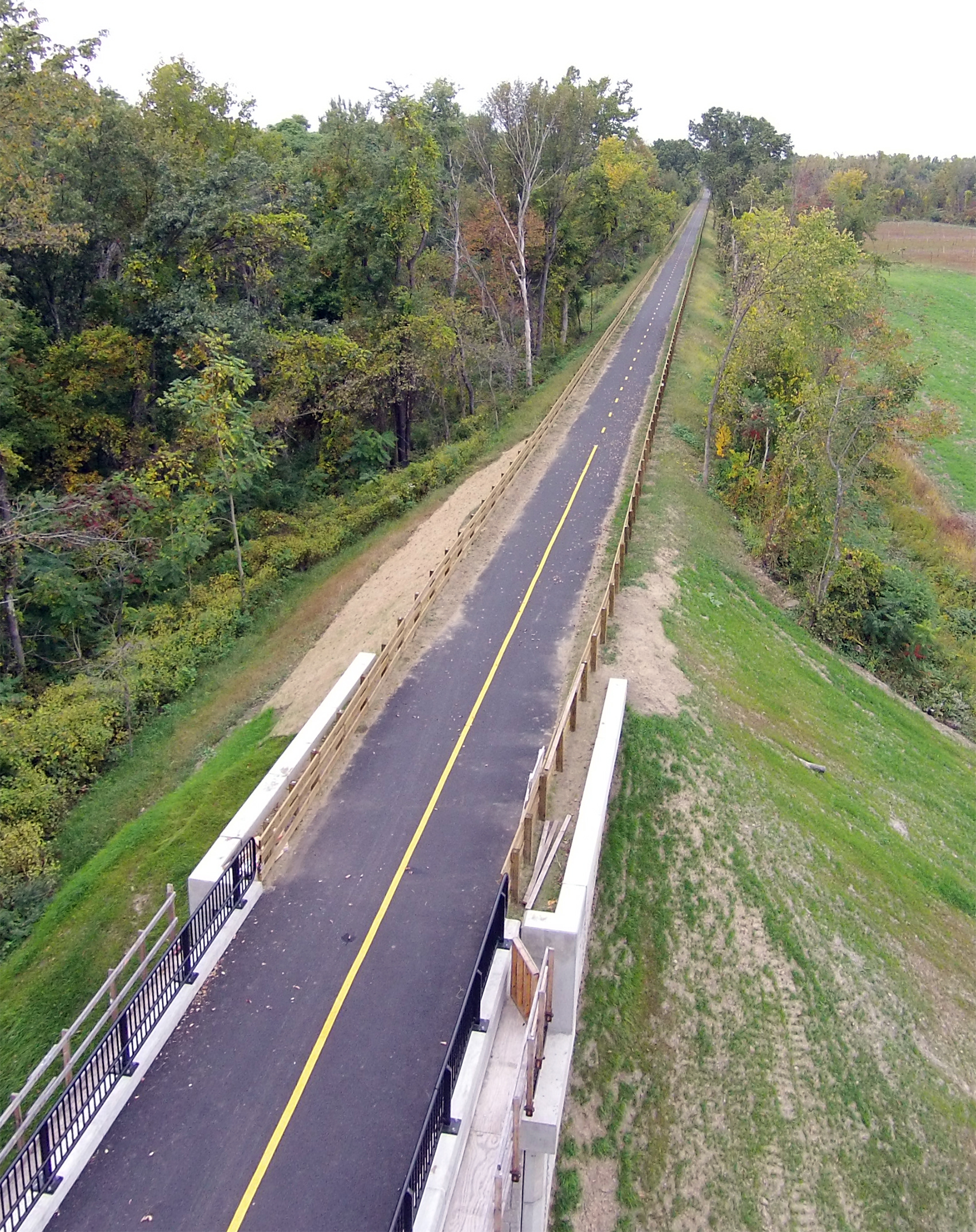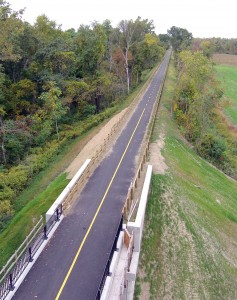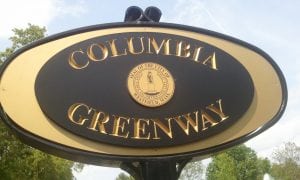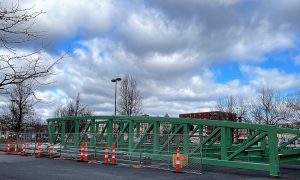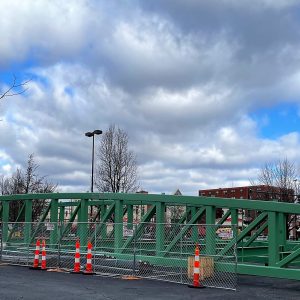BOSTON – On Oct. 15, the Joint Committee on Municipalities and Regional Government will consider Massachusetts H.1790 and S.83 An Act authorizing municipalities to expend certain funds for the acquisition of land to be used for rail trails.
According to the Massachusetts Bicycle Coalition (MassBike), Many Massachusetts cities and towns have used Community Preservation Act (CPA) funds for rail trail development; including purchasing land, and paying for studies, design and construction of rail trails. Community Preservation Act funds have been used in Westfield for city costs for the central portion of the Columbia Greenway Rail Trail, funded largely by state grants.
However, a 2009 Massachusetts Department of Revenue interpretation of the laws disallowed the use of CPA funds to purchase a federally rail banked railroad rights-of-way (ROW) because theoretically the intact ROW could be repurchased by the railroad to restart service, according to MassBike, who said it is virtually unthinkable in Massachusetts where the economics and the permitting fights strongly prohibit such an investment.
This restriction is currently blocking the use of CPA funds to extend the Bruce Freeman Rail Trail (BFRT) in Sudbury and the Southampton Greenway. Both segments are important connections: The BFRT should link to the partially constructed and envisioned 103-mile Mass Central Trail from Boston to Northampton, and Southampton Greenway to the 85-mile mostly constructed and envisioned New Haven to Northampton Canal Trail.
According to former CGRT Board member Alice Flyte, Southampton is directly affected by this restriction, and is an important link in the Northampton to New Haven trail.
MassBike proposed legislation H.1790 and S.83, filed by Rep. Carmine Gentile and Sen. James Eldridge, which resolves this issue in a straight-forward fashion by clarifying that use of CPA funds may be used to purchase federally rail banked ROWs. This not only solves the issue in Sudbury and Southampton, but also for any future ROWs that face the same conundrum. This clarification would open up CPA funds currently available in 175 cities and town throughout Massachusetts. The bill will be debated on Tuesday at 11 a.m.

Chester selectman Barbara Pease Huntoon and Bryan Farr, president of The Historic US Route 20 Association at the unveiling of the Historic US 20 sign in Chester. (File Photo)
Also on Tuesday at 10 a.m., the Joint Committee on Transportation will consider Bill H.3011, “An Act Designating United States Highway Route 20 as a State Historic Highway,” brought by Rep Farley-Bouvier of Pittsfield and Smitty Pignatelli of Lee.
The purpose of the historic highway designation for Route 20 is to recognize the unique historic character of the highway across the continental United States. Municipalities through which Route 20 crosses shall be given permission to erect signage bearing the designation in compliance with Massachusetts Department of Transportation standards.
In 2016, Bryan Farr, president of the Historic Route 20 Association first sponsored a bill to make US Route 20 a historic highway in Massachusetts. At the time, Farr said the bill, which has other organizations sponsoring it as well, has come out of committee favorably. This would allow the placement of signs from Boston to Hancock.
The brown historic Route 20 signs are designed to be markers guiding travelers and tourists on the original highway locally and across the country.
“Many people we have talked with want to take the original highway as it was assigned in 1926. Most of the original US 20 can still be driven in its entirety across the country without ever getting on the interstate,” Farr said.
He said the organization has received calls and inquiries from almost every state, Canada and as far away as Switzerland and Australia about taking a journey on US 20.
Farr himself has traveled the whole route several times, all 3,365 miles from its start at the Citgo sign at Kenmore Square in Boston to Newport, Oregon on the Pacific Ocean. He says it takes about two weeks. He wrote a book about the trip, published in 2013, called “Historic US Route 20: A journey across America’s longest highway.”

